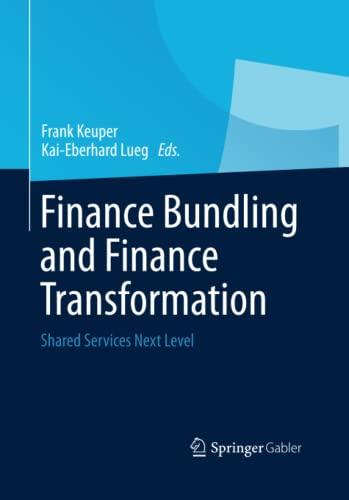Question
A. For the last question, suppose you hear some information that leads you to believe that the stock is more risky than you first assumed.
A.
For the last question, suppose you hear some information that leads you to believe that the stock is more risky than you first assumed. You still think that your assumption about the value of the stock in three years is the best estimate, but you are concerned that the variance in that estimate is larger than you expected. How might you adjust your calculations to account for the greater risk?
B.
You are considering two potential investments. One is an established company with a history of consistent earnings growth, while the other is a new IPO with a short track record. You think that the stock of both companies will be worth $100 in three years. How would a risk-averse investor differ in his or her value calculations for each of the investments?
C.
- What is the future value of $100 invested at 7% for five years?
D
- The CAPM principles assume that most investors exhibit which of the following behaviors?
- Risk loving
- Risk neutrality
- Risk aversion
Step by Step Solution
There are 3 Steps involved in it
Step: 1

Get Instant Access to Expert-Tailored Solutions
See step-by-step solutions with expert insights and AI powered tools for academic success
Step: 2

Step: 3

Ace Your Homework with AI
Get the answers you need in no time with our AI-driven, step-by-step assistance
Get Started


